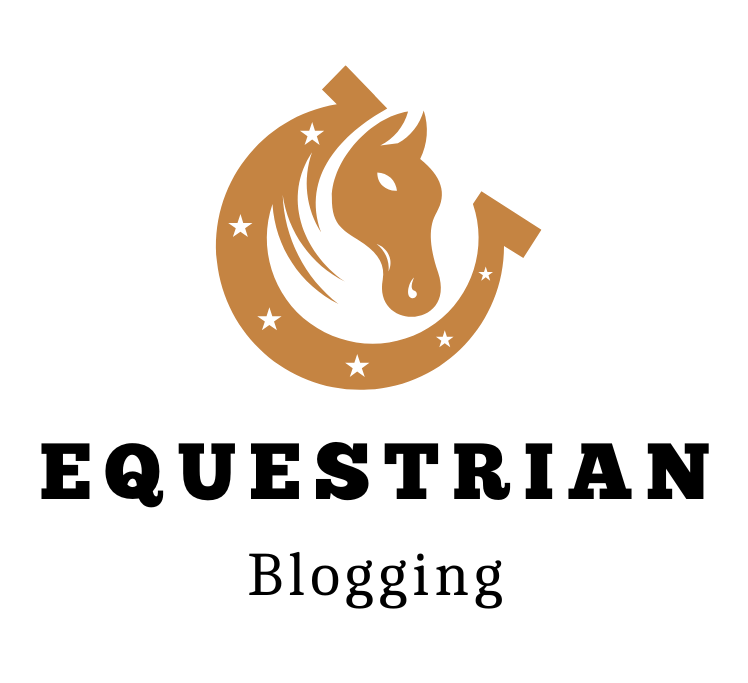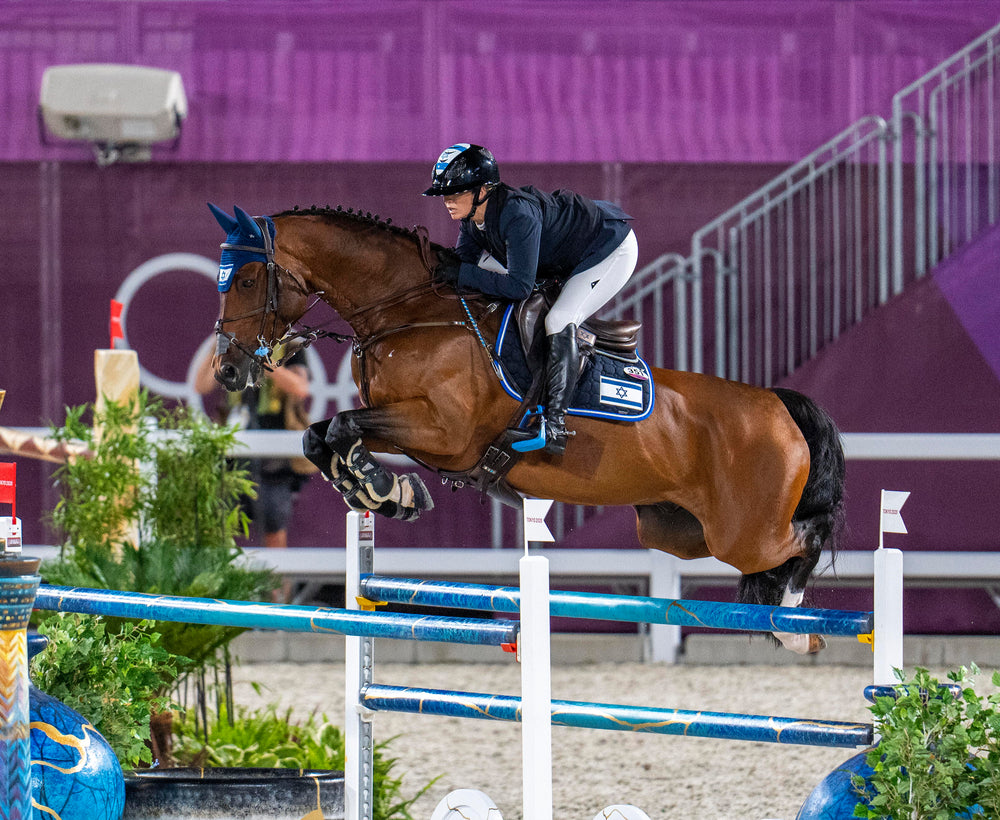A rearing horse is when it stands on hind legs, often caused by fear, aggression, or pain. Rearing is a behavior where a horse stands upright on its hind legs, commonly triggered by various factors such as fear, excitement, or disobedience.
This behavior can be dangerous for both the rider and the horse, requiring proper training and handling techniques to address the issue effectively. Understanding the reasons behind rearing and implementing appropriate strategies can help in preventing this behavior and ensuring the safety and well-being of the horse and its rider.
By exploring different methods and insights from experts in the field, individuals can learn how to manage and correct rearing behavior in horses successfully.
Understanding Rearing Horses
Definition Of Rearing In Horses
Rearing in horses refers to the action where a horse stands up on its hind legs while lifting its forelegs off the ground. This behavior can be triggered by various factors such as fright, aggression, excitement, disobedience, or pain.
Causes Of Rearing
Various factors can lead to a horse rearing, including fear, stress, discomfort, or inadequate training. Inexperienced riders might unintentionally provoke the horse to rear due to incorrect handling or signals.

Credit: www.facebook.com
Consequences And Dangers Of Horse Rearing
Rearing in horses can pose severe consequences and dangers. It may occur due to fright, aggression, excitement, disobedience, or inexperienced riders, leading to potential injuries and accidents. Understanding the causes and adopting proper training methods is vital to prevent such hazardous behavior in reared horses.
Risks To Riders
Risk 1: Riders can lose control and fall off.
Risk 2: Riders may sustain injuries, such as fractures.
Risk 3: Inexperienced riders may panic, worsening the situation.
Risks To The Horse
Risk 1: Horses can injure themselves while rearing.
Risk 2: Repeated rearing can lead to muscle strain in horses.
Risk 3: Rearing can cause stress and anxiety in horses.
Horse rearing poses dangers to both riders and the horses themselves. For riders, there are risks of losing control and sustaining injuries, especially for inexperienced individuals. On the other hand, horses can injure themselves, suffer muscle strains, and experience stress due to rearing behavior.
Training And Techniques To Prevent Rearing
Rearing is a dangerous behavior that can put both the horse and rider at risk. Proper training and techniques are essential to prevent rearing and ensure the safety of everyone involved. By understanding the causes of rearing and implementing effective strategies, handlers can mitigate this behavior and build a trusting relationship with their horses.
Exercises To Relax And Prevent Rearing
It’s crucial to incorporate exercises that help the horse relax and prevent rearing. By engaging in specific activities, handlers can promote calmness and reduce the likelihood of rearing behavior.
- The Circle Game: Encourage the horse to move in a circular path to promote relaxation and focus.
- Rhythmic Pressure: Applying consistent rhythmic pressure can help the horse feel supported and secure, minimizing anxiety.
- Side Passing Exercise: Practicing purposeful side passing can improve the horse’s coordination and responsiveness to commands, reducing the potential for rearing.
Handling A Rearing Horse – Expert Tips
When faced with a rearing horse, handlers must exercise caution and implement expert tips to safely manage the situation. Understanding the following techniques can help prevent rearing and establish a cooperative relationship with the horse:
- Assess the Cause: Identify the underlying trigger for the rearing behavior, whether it’s fear, pain, disobedience, or excitement.
- Proper Training: Implement consistent and positive training methods to instill obedience and respect in the horse.
- Clear Communication: Use clear and assertive communication to convey commands and expectations to the horse, minimizing confusion and anxiety.
- Professional Guidance: Seek guidance from experienced trainers or professionals to address specific rearing issues and develop effective prevention strategies.

Correcting And Managing A Rearing Horse
Managing a rearing horse involves understanding the root cause, utilizing proper groundwork, and implementing exercises for relaxation. Addressing fear, aggression, or disobedience can help prevent rearing behavior and ensure a harmonious partnership with your equine companion.
Gaining The Horse’s Respect
Gaining a horse’s respect is essential when it comes to correcting and managing a rearing behavior. Horses are naturally herd animals with a hierarchy that establishes leadership and respect. By establishing yourself as the leader, you can gain the horse’s respect and trust.
Here are some tips to help you gain a horse’s respect:
- Establish clear boundaries and consistent rules to follow.
- Use positive reinforcement techniques such as treats or praise to reward good behavior.
- Practice groundwork exercises to establish communication and trust.
- Be confident and assertive in your actions, but always remain calm and patient.
- Build a strong bond with the horse through regular interaction and grooming sessions.
Stopping A Rearing Behavior
If your horse exhibits a rearing behavior, it is important to address it promptly to prevent any potential accidents or injuries. Here are some steps you can take to stop a rearing behavior:
- Identify the root cause of the rearing behavior. It could be due to fear, pain, disobedience, or an inexperienced rider.
- Consult with a professional trainer or veterinarian to rule out any underlying health issues or physical discomfort.
- Implement consistent and firm training techniques to redirect the horse’s behavior. This may include desensitization exercises, consistent cues, and redirection.
- Use positive reinforcement to reward desired behaviors and discourage rearing.
- Gradually expose the horse to the triggers that cause the rearing behavior, ensuring a controlled and safe environment.
Remember, correcting and managing a rearing horse requires patience, consistency, and a deep understanding of the horse’s behavior. Seek professional guidance if needed, and always prioritize your safety as well as the horse’s well-being.
Practical Advice For Horse Owners
As a horse owner, it is essential to be equipped with practical advice to ensure the well-being and safety of your equine companion. One challenging behavior that horse owners may encounter is rearing. Rearing, when a horse stands up on its hind legs with its forelegs off the ground, can be linked to various factors such as fright, aggression, excitement, disobedience, an inexperienced rider, or pain. In this post, we will explore ways to prevent rearing in horses and the dangers of ignoring this behavior.
Preventing Rearing In Horses
Preventing rearing in horses is crucial to maintain their safety and the safety of their handlers. Here are some practical tips to help prevent rearing behavior:
- Ensure proper training and handling from a young age
- Establish clear communication and boundaries with your horse
- Regularly engage in ground work exercises to establish respect and obedience
- Gradually expose your horse to new environments, objects, and experiences
- Maintain a consistent and balanced feeding regimen
- Regularly exercise and provide mental stimulation for your horse
- Use proper equipment and ensure proper fitting of saddles and bridles
With these preventative measures in place, you can significantly reduce the risk of your horse exhibiting rearing behavior.
Dangers Of Ignoring Rearing Behavior
Ignoring rearing behavior in horses can have severe consequences for both the horse and its handler. It is essential to address this behavior promptly to prevent injuries and potential long-term issues. Some dangers of ignoring rearing behavior include:
- Risk of the horse falling and injuring itself or its handler
- Potential development of dangerous habits and further disobedience
- Increased risk while riding, such as the horse flipping over
- Loss of trust and increased anxiety in the horse-handler relationship
- Difficulty in resolving the rearing behavior once it becomes ingrained
By recognizing the dangers associated with ignoring rearing behavior, horse owners can take proactive steps to address and correct the issue promptly.

Frequently Asked Questions For Reared Horse
What Does Rearing Mean In Horses?
Rearing in horses is when they stand on hind legs with forelegs off the ground. It can result from fear, aggression, excitement, disobedience, inexperienced riders, or pain. Rearing should be addressed promptly as it is a risky behavior.
How Do You Rear A Horse?
To rear a horse, start by building trust, basic obedience, and respect through consistent training techniques. Address any fear, aggression, or pain issues, and establish clear boundaries to prevent rearing behavior. Seek professional guidance if needed for effective and safe horse rearing management.
Should I Buy A Horse That Rears?
No, you should not buy a horse that rears. Rearing is a dangerous behavior that can be linked to fright, aggression, excitement, disobedience, or pain. It is a clear sign of disrespect and can be difficult to correct.
What Is It Called When A Horse Rears?
Rearing is when a horse stands up on its hind legs with the forelegs off the ground. It can be caused by fear, aggression, excitement, disobedience, or pain. In classical dressage, horses are trained to rear politely for show.
Conclusion
Understanding the reasons for a horse rearing is vital for effective training and handling. By implementing proper techniques, such as ground work and rhythmic pressure exercises, handlers can address and prevent rearing behavior in horses. Patience and consistent training are key in ensuring a safe and positive experience for both the horse and the handler.

